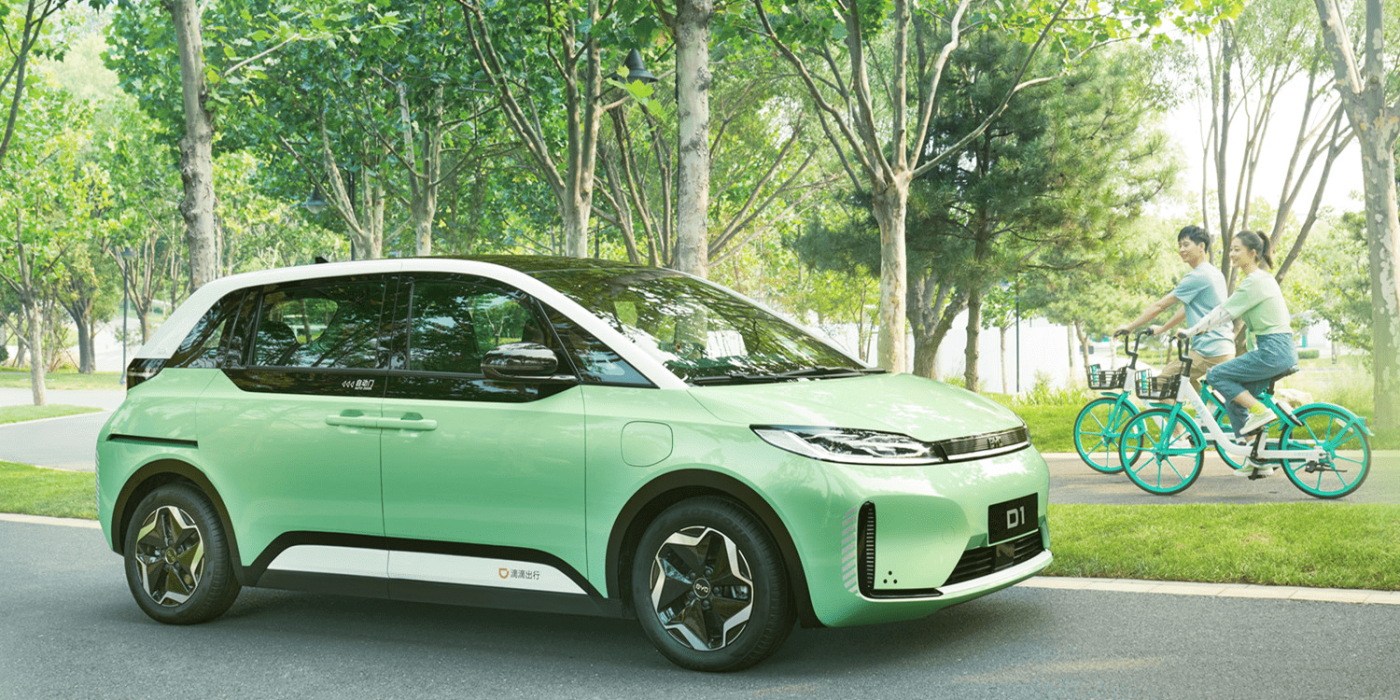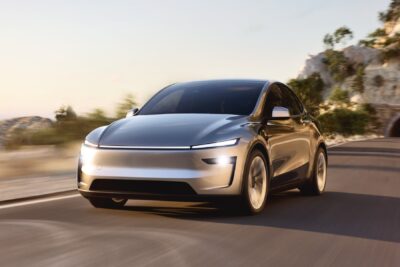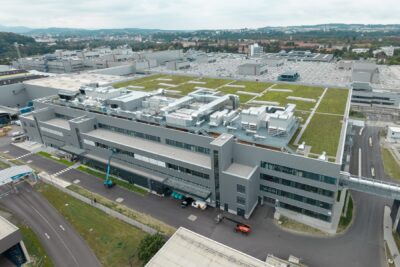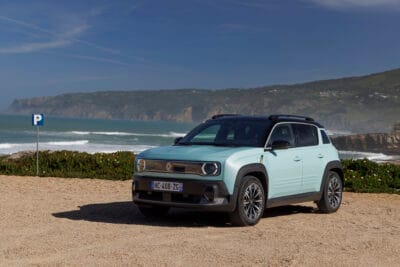BYD & Didi Chuxing reveal electric car for ride-sharing
With the D1, Chinese manufacturer BYD and Asia’s Uber, Didi Chuxing have unveiled an electric car for the express purpose of ride-hailing. The partners have obviously been “inspired” by the VW ID.3 in their design, but the technology shows ingenuity.
Copy-cat attitudes aside, the D1 is technically exciting and anything but unoriginal. Besides, it will potentially serve a huge market. Shared mobility accounts for less than 3% of the total addressable mobility needs in China, says Didi, and it aims to raise the penetration rate to 8% by 2022. China’s equivalent of Uber – actually the company took over the US competitor’s Chinese business in 2016 – says it now delivers ten billion trips a year.
So this Didi Chuxing and manufacturer BYD will use the latest technology in their joint development of the D1 electric car.
It here comes in the form of BYD’s ‘Blade Battery’. The Blade is forged with cobalt-free LFP cells for a claimed range of 418 km (260 miles) according to the New European Driving Cycle (NEDC) and in case of the D1. BYD had developed the technology with a view on third-party use from the start and also utilises it in the Han EV.
For Didi, the D1 five-seater combines the battery with a 100kW electric motor, according to local media reports.
Some design touches help this vehicle to fit seamlessly into app-based ride-hailing. Take the three screens, one for the driver in the dashboard and two in the backrests for passengers to follow the route and other information. A smaller screen behind the steering wheel serves as an instrument cluster.
Moving around the outside of the vehicle, you find the right door slides open automatically, allowing easy and safe access. Drivers also get support from a level 2 Assisted Driving system with “above-the-grade manufacturer safety set-ups, including Automatic Emergency Braking (AEB), Lane Departure Warning (LDW) and Pedestrian Collision Warning (PCW),” states Didi.
The company also claims it included insights from its user base of over 550 million registered passengers and 31 million drivers in building the D1. Jean Liu, President of DiDi, added, “the product design team analysed almost 10 million advice and feedback, alongside survey results from over 10,000 drivers and passengers.”
Again Liu: “During the process of countless product upgrades, we realised that we were not satisfied with the progress we made on improving user experience. Therefore, we decided to focus our efforts on the vehicle itself.”
Didi drivers deliver about 60 million trips per day, and the company stresses its intention to “ensure a reliable and more cost-effective supply” for the network. Building such a “deeper automotive ecosystem” meant establishing an “alliance with manufacturers, energy providers and other industry players in the value chain,” explains Didi. Apart from BYD, the company is also working with FAW, BAIC, GAW, Toyota, Volkswagen, or Renault-Nissan-Mitsubishi. Collaboration range from trading and leasing, fleet operation, maintenance and service, to energy supply and now the co-design of vehicles.
As with Uber, it will be on the drivers or partners to buy into the electric transition. Didi will launch a pilot program in Changsha in December before gradually rolling out the new EV to DiDi’s leasing partners in major Chinese cities in the coming months. Push EVs reported the company was planning to put 10,000 D1 units in service this year and 100,000 units in 2021, but these numbers are unconfirmed.
There has also been no information on pricing or availability outside the ride-sharing market in China so far.





0 Comments